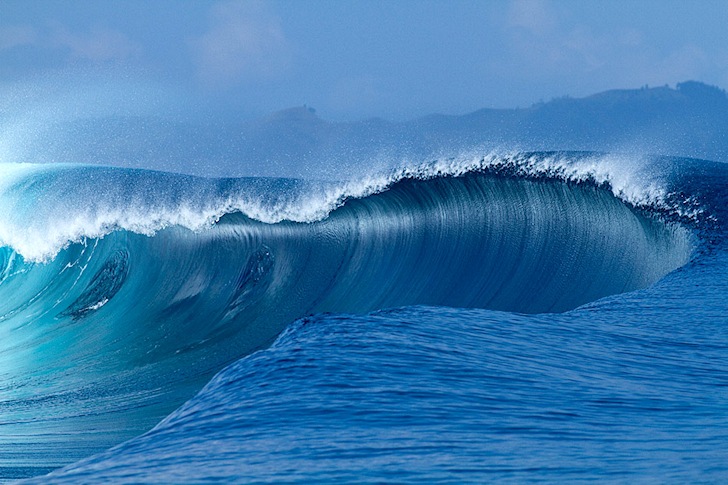Fiji is an archipelago of more than 332 islands. The country enjoys a typical tropical climate, with a trade wind blowing across the islands to cool things down during most of the year.
Maximum summer temperatures average 88 °F (31 °C), with the winter average not far different at 84 °F (29 °C).
Rain can be expected at any time of year. The driest months are April, May, June, and October.
This tropical and exotic paradise located east of Australia (3,219 kilometers) has one of the best world waves for surfing.
Cloudbreak, near Tavarua, is a left coral/reef break that usually works with NW, W, and SW swell.
Frigates, out in the sea, is also a great choice for intermediate and experienced surfers. Watch out for the coral.
Daku and Resorts are great surf spots for beginners.
There are more than 85 flights landing weekly at Nadi Airport on the main island of Viti Levu.
